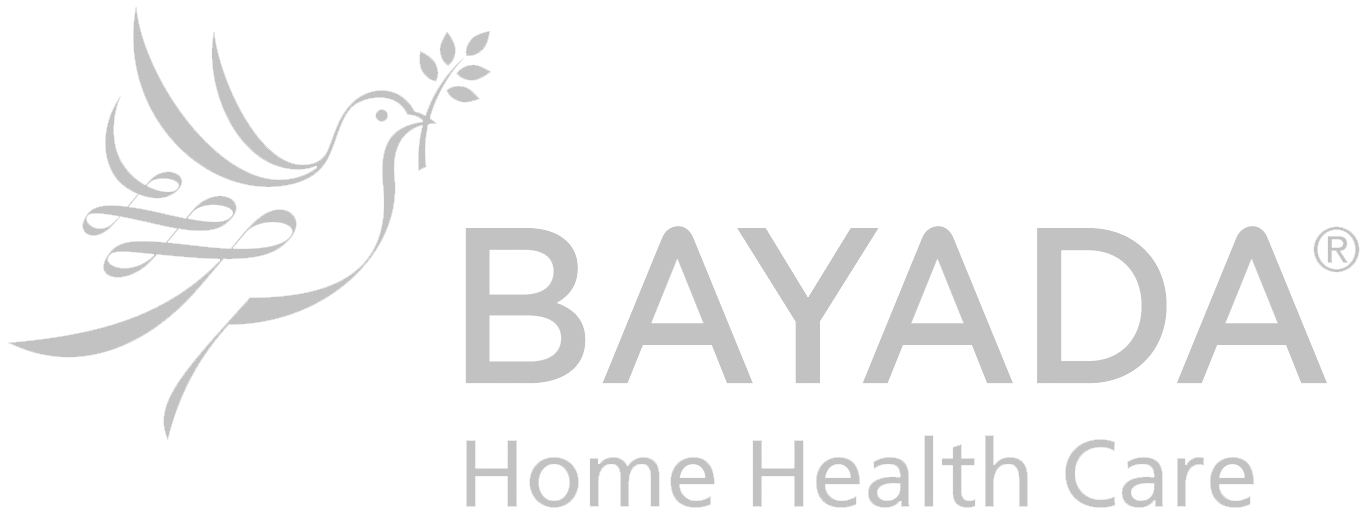3 Ways A Healthcare Call Center Can Help Improve The Patient Experience
- byGabby Rolette
- onDecember 7, 2021
- inIndustry Specific
As 2021 comes to an end and the pandemic rages on – soon to be in its third year, it’s a tall order to remember how things were prior to this distinctly ugly bug. What was life like before toilet paper shortages and supply chains collapsing? Before working in your pajamas 40 hours a week? Before social distancing, virtual school, virtual gyms, virtual parties, and virtual appointments? Our livelihoods have changed drastically in the blink of an eye, and as a COVID-19 world necessitates, so has our approach to medical care.
A Telehealth Explosion
Pre-pandemic, virtual doctors’ visits were around but uncommon. Believe it or not, the concept of telehealth dates all the way back to 1879, when an article in Lancet discussed avoiding unnecessary office visits by conducting appointments via phone. The authors predicted that remote healthcare would eventually become widespread, and it expanded considerably in the 1970s. By March of 2020, in the throes of a global health crisis, telehealth became ubiquitous.
In the first quarter of 2020, the medical industry saw a 50% uptick in remote healthcare visits when compared with the same period in 2019. According to the Agency for Healthcare Research and Quality, case reports indicate that telehealth went from accounting for less than 1% of visits to representing as much as 80% of visits in areas significantly impacted by COVID-19. And whether COVID-related or routine care, patients had no choice but to accept the new normal of virtual appointments.
Medical Office Adaptation & Transformation
As the pandemic barreled its way across the globe, some private practices and large healthcare systems furloughed employees, while others shifted gears and adapted to the rapidly changing landscape. Under CDC guidelines, healthcare offices began restructuring patient flow procedures, spending extra time on sanitization between appointments, and rethinking the entirety of how to effectively run their practice during a pandemic. For many practitioners, this meant an increasing reliance on virtual medical answering services to provide front office support.
There’s a certain level of comfort in walking into your doctor’s office and seeing their hard-working team face to face. They’re familiar, understanding, empathetic. When a practice administrator makes the decision to outsource front office tasks, it can be difficult for virtual receptionists to recreate that same sense of connection. But if you think about it, the interaction between patients and their providers starts virtually. From booking appointments to referral requests to intake paperwork, a lot happens in advance of that one-on-one time. So, if you’re working with a virtual medical receptionist, how can you generate the kind of interaction that patients have come to expect from your staff?
Prepping Your Virtual Medical Receptionist
The key is to empower your call center agents to manage many of the same administrative tasks as your in-house employees – smoothing the transition between what patients are used to, and what they can expect from a shared operator pool. Let’s take a look at a few ways that a healthcare call center can accommodate existing service levels and preserve a patient-centric approach in a virtual environment.
#1. Answer Basic Questions
When they’re not shuttling between exam rooms and cleaning like crazy, your staff is managing myriad tasks. They’re logging information for referrals, acting as the go-between for medical concerns, transferring calls, providing instant answers to any number of questions, and more. How much can remote agents really do to help with these varied needs? For starters, they can take some of those simple questions off your hands.
Delivering an exceptional patient experience means delivering on-demand convenience. When patients need info fast, they don’t want to leave a message and sit by the phone waiting for a call back. And whether callers are speaking with your staff or with your outsourced front desk, the process by which their questions are answered is largely the same. Consider equipping your virtual receptionists with clear and concise FAQs that are not directly related to medical conditions, medical symptoms, and the like. Call center agents can quickly locate and provide details such as:
- In-office COVID-19 guidelines (e.g., mask requirements, what to do upon arrival, testing and vaccine availability, etc.)
- Accepted insurances and pricing for out-of-pocket options
- Cancellation policies and associated fees
- Locations, business hours, and services / specialties offered
- Practitioners’ names and NPI numbers
The more your virtual front desk team can answer for callers, the more it will seem like they’re a true extension of your practice.
#2. Offload Patient Scheduling
According to a study by McKinsey and Company, 11% of consumers used telehealth prior to COVID-19, whereas 76% of consumers are interested in continuing to use telehealth going forward. In-office or virtual, all appointments have at least one thing in common: they require scheduling. Rather than watch your support staff break under the weight of increased telephone calls, utilize remote agents to fill up your calendar. Integrating cloud-based scheduling software such as Calendly or Google Calendar with your in-house system will enable call centers to book appointments on your behalf. Some answering services even offer integrations that can push new patient paperwork directly to your callers.
Taking scheduling a step further, for those patients attempting to book same-day or next-day appointments, you can create a script that incorporates the AMA’s COVID-19 screening questions. This will save your team from additional outbound calls and give the appearance that your offsite receptionists are working right alongside your in-house staff. Keep in mind that to remain HIPAA-compliant, your virtual appointment line should be limited to scheduling only. This prevents agents from accessing PHI for reschedule and cancel requests.
#3. Screening and Routing Calls
Speaking of screening, well-defined logic options will allow agents to easily triage calls and take patients in the appropriate direction based on their needs. Carefully thought out scripts usually begin with a driving question. From there, each path can drill down and gather the rest of the information your staff needs to address the corresponding issue or request. Here are a few common answer phrases:
- Are you a new or existing patient?
- Are you calling regarding an emergency?
- Are you calling to schedule an appointment?
- Are you calling regarding COVID-19 or vaccinations?
By building a robust script that covers typical call scenarios, agents will be in a position to provide extended support. For example, remote receptionists can:
- Document referral requests
- Document prescription refill requests
- Complete online intake forms
- Book appointments for the entire practice or specific doctors
- Process payments for services that require prepayment
- Transfer emergency calls, both during and after hours
- Initiate a reach on-call, either manually or via an automated system
Most after-hours medical answering services only have the power to pass a simple message on to the practice. Comprehensive virtual resources bring the interaction to the next level, facilitating communication between your patients and your staff.
Bouncing Back
The financial impact of COVID-19 has been far-reaching, across innumerable industries, and all around the world. If you had asked people a few years ago which field they thought would be pandemic recession-proof, it’s likely that the majority of people would have suggested the medical field. But as a result of both state and federal guidelines, and in the interest of protecting as many people as possible from this deadly virus, medical facilities of all types and sizes were hard-hit and had to pivot on a dime to keep things going.
Though budget cuts, budget reallocation for PPE, facility closures, layoffs and furloughs did considerable damage, some practices were able to bounce back by adopting a telehealth model, allowing staff to work remotely, and outsourcing certain administrative responsibilities to healthcare answering services. Call center agents are not a replacement for the expertise and training of seasoned medical office professionals. But with the right setup and capabilities, virtual receptionists can go a long way in showing your patients that no matter what life throws at you, outstanding care remains your priority.
Get started with SAS. Free 14-day call center trial.

Live call center support grows brands.
24/7 live call center services let you engage with your customers around the click. Grow your business and strengthen your brand with SAS.




